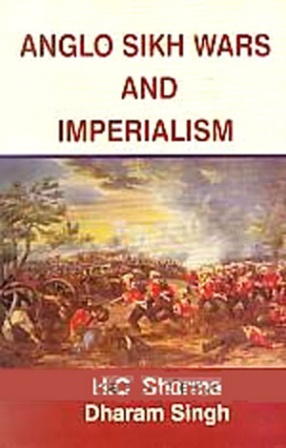The present book is a modest attempt at shredding off few existing myths: (a) that the women in early India were a homogenous category; (b) that the dharmaúâstras are the “foundational documents of ‘Hindu’ way of life, responsible for tightening the noose around the lives of women in India”; (c) that the dharmaúâstras are the “representative texts of Indian tradition seeking to protect Indian women under specific historical circumstances”; and (d) that the dharmaúâstras are the most important sources for the study of gender relations in early India. It rather argues that: (a) Gender relations were shaped and manifested differently across different regions and cultures in early India. (b) The entire dharmashastric discourse is aimed at the preservation and perpetuation of “Brahmanical patriarchy”, where maintenance of gender hierarchy was actually a corollary to the maintenance of varòa hierarchy. The book explores important linkages between varòa and gender in this context. (c) The dharmaúâstras may neither be considered as “foundational documents” nor can they be considered as “representative texts” of Indian tradition. The dharmaúâstras were only one of the many genres of literature produced in ‘ancient’ India. Though the texts presented the ‘ideal’, the ‘real’ was not always in consonance with it. Providing informed and balanced analysis of extensive primary and secondary source material, the book will be a resource for anyone interested in studying women’s lives in India.
Gender Relations in Early India
In stock
Free & Quick Delivery Worldwide
Bibliographic information
Title
Gender Relations in Early India
Author
Edition
1st ed.
Publisher
Rawat Publications, 2010
ISBN
8131603792
Length
xii+331p., 22cm.
Subjects





There are no reviews yet.